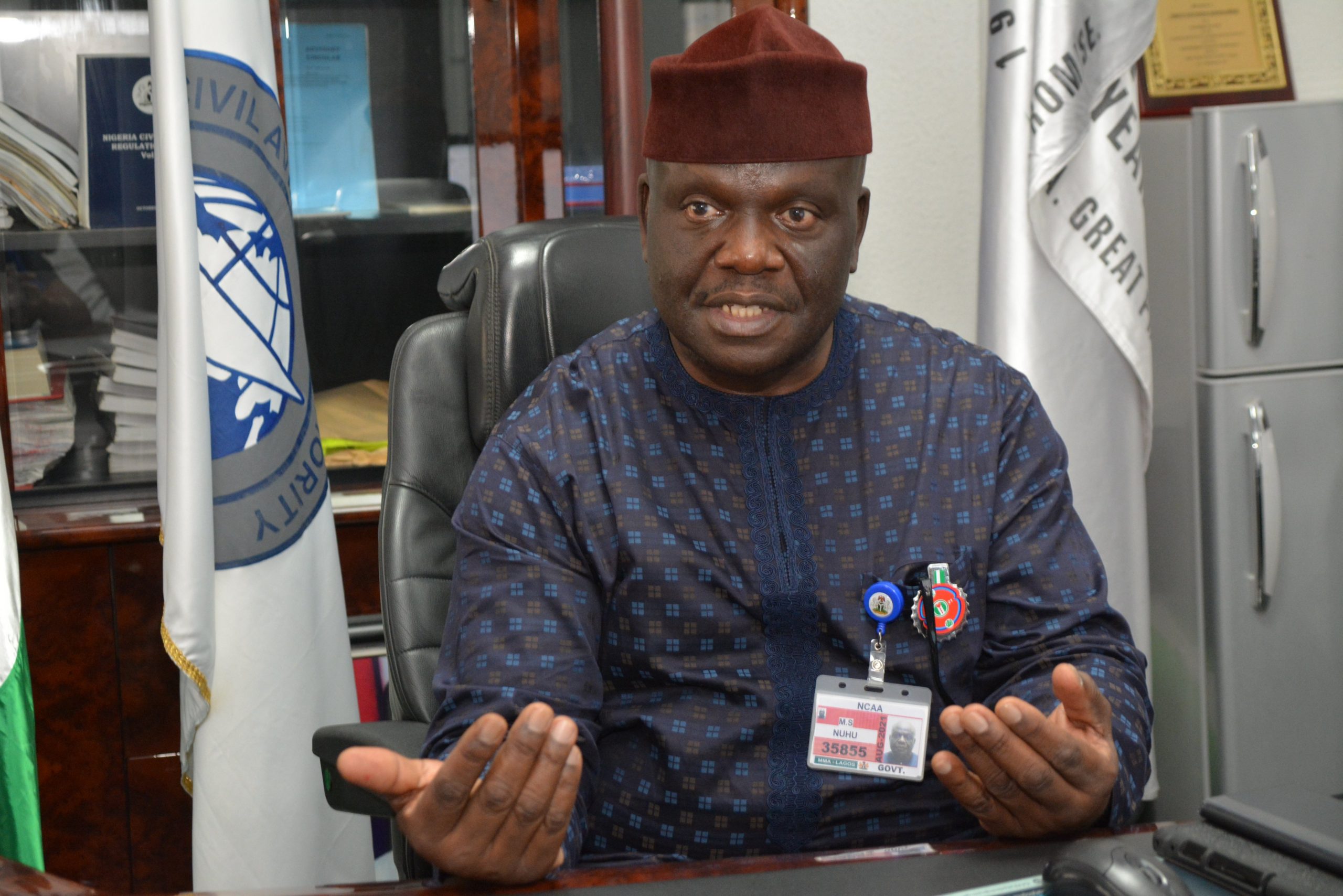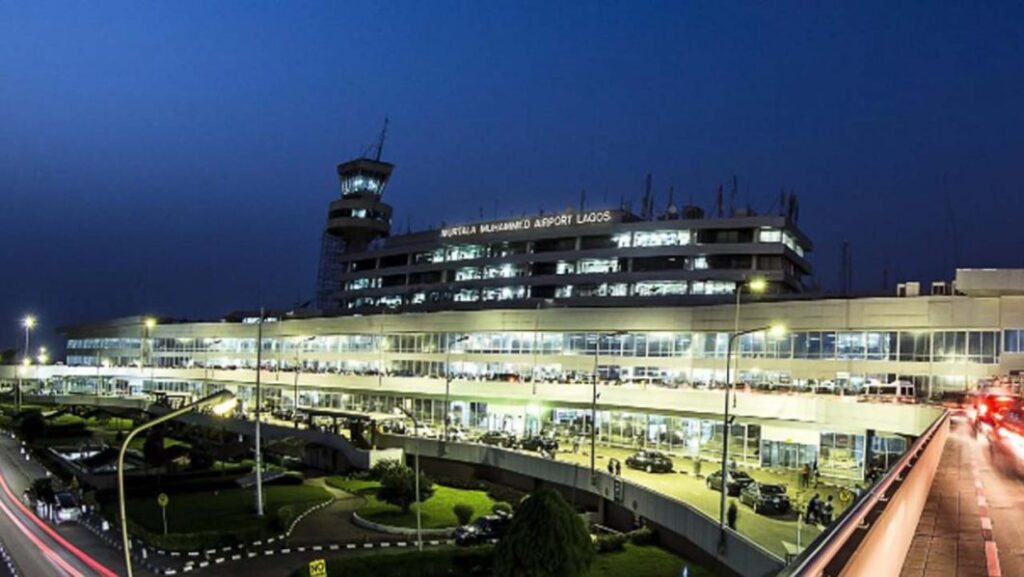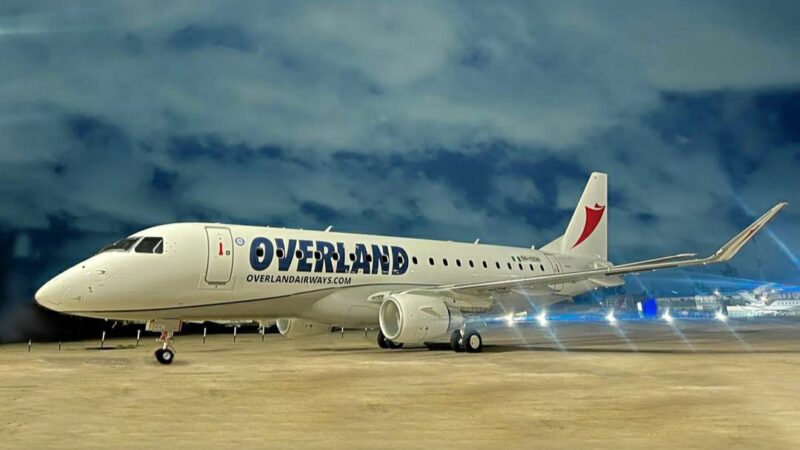Extension of airport operations beyond dusk requires adequate finance, personnel, says DG NCAA


The Director-General of the Nigerian Civil Aviation Authority (NCAA), Capt. Musa Nuhu has said extension of operations at some Nigerian airports beyond sunset would contribute greatly to the nation’s economic drive but requires huge financial and infrastructural commitment by authorities concerned.
Speaking at the 26th annual conference of the League of Airport and Aviation Correspondents (LAAC), held in Lagos recently with the theme: ‘Sunset Airports: Economic and Safety Implications,’ Nuhu said that any airport that decides to expand its operations beyond dusk requires an adequate number of competent personnel, adequate power supply and availability of ancillary service providers, and compliance with other important conditions.
Nuhu who was represented at the occasion by Mr Tayib Odunowo, Director of Aerodrome and Airspace Standards (DAAS), NCAA, also mentioned inadequate infrastructure as the other major challenge confronting such projects in Nigeria.
According to Nuhu, statistics provided by the African Development Bank (AfDB) in 2019, indicated that the country would require over N1.5 trillion $5 billion to fix the airport infrastructure gap in the country.
There are issues involving fire cover, primary and secondary power sources, provision of communication, navigation and surveillance aids, automatic weather stations and now-casting equipment among others.
Some of the infrastructure needed included fire cover, primary and secondary power sources, provision of communication, navigation and surveillance aids, automatic weather stations and now-casting equipment among others.
The NCAA helmsman also mentioned security risks and traffic level as among the challenges associated with 24 hours airport operations in the country.
He said: “All manners of security risks including kidnapping, robbery and others are evolving rapidly in many parts of the country. The evolving security challenges make night operations dangerous because many airports, by reason of construction and operational requirements are located mostly on the outskirts of town.
“The risks are enormous and seriously impacting on airports’ operations, airport workers and airline passengers/crew even in the daytime. Due to downturn in the country’s economy, available data shows that the levels of passenger and traffic activities are not financially viable or self-sustaining to operate a majority of the airports beyond sunset.”
Besides, he lamented direct, indirect and induced impacts as some of the economic implications of restricted airports in the country.
According to him, economic impacts on the airlines are related to the cost of changes in schedules, both in terms of routes and departure times and changes in cargo and mail logistics, while the impact on the airport system is associated with adjustments that must be made to other airport schedules in order to accommodate the changes in routes.
For indirect impacts, he said this is derived initially from the economic activities outside of the airport site like services rendered by travel agents, hotels, restaurants and car rental agencies and concessionaires, stressing that capital and financial investments of those involved are affected.
On induced impacts, Nuhu said this consists of the combined multiplying effects of the direct and indirect impacts like the increase in employment and revenue derived from the successive spending cycles.
He said: “Management of national disaster could be seriously hampered if it happens in a zone where the available airport operates only from sunrise to sunset. Enhancement of national security through border patrol is hampered where airports, particularly at the border areas operate from sunrise – sunset only.”
Nuhu mentioned airport and Air Navigation Services (ANS) infrastructure, search and rescue and airline capacity as some of the safety implications of sunset – sunrise airports.
He said: “High risk of accidents during night operations at airports due to inadequate power supply from primary supply and secondary supply. High risk of accidents due to inadequate airport fire cover and other associated challenges with firefighting efforts at night.
“Night operations solely depend on functional and appropriately calibrated landing aids, serviceable automatic weather stations and others, lack of which can lead to catastrophic consequences during night operations.
“Difficulties that are associated with search and rescue efforts are avoided, particularly, as the country still has its limitations in search and rescue technology, equipment and tools. And for airline capacity, there is a reduction in improper fleet management, flight schedule, flight planning and ‘cutting corners’ syndrome while trying to cater for the airports/routes.”







